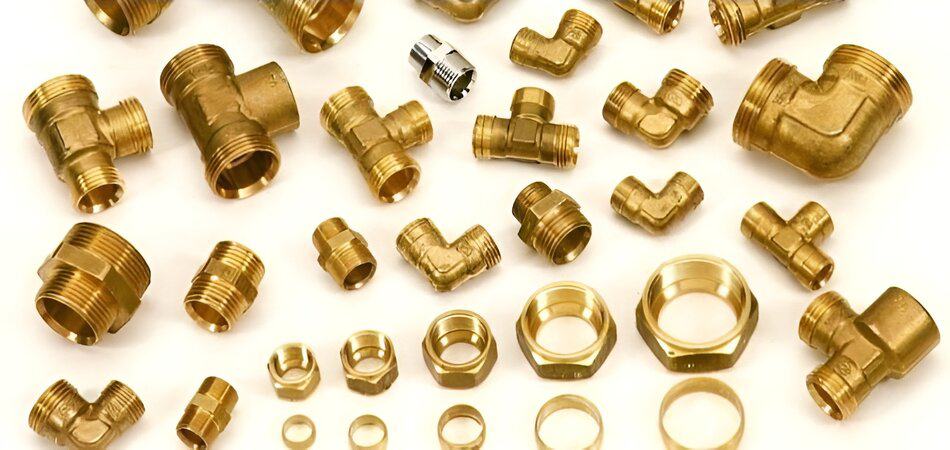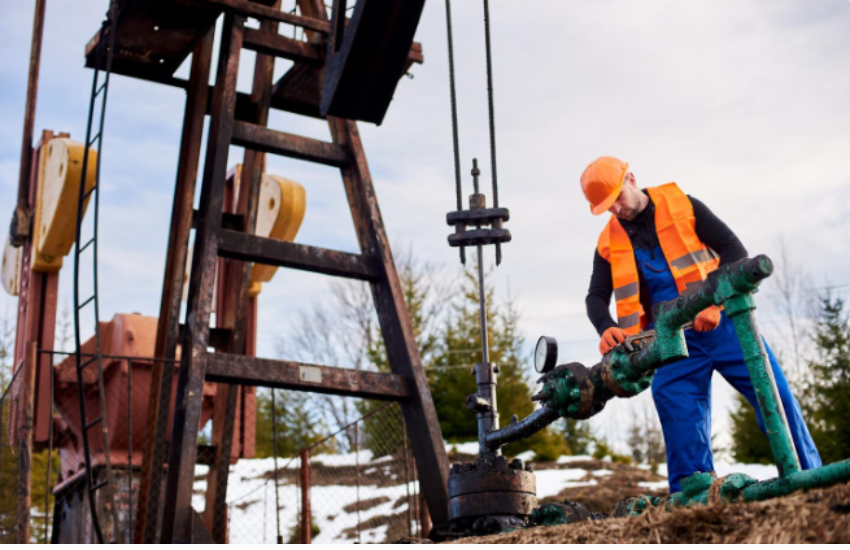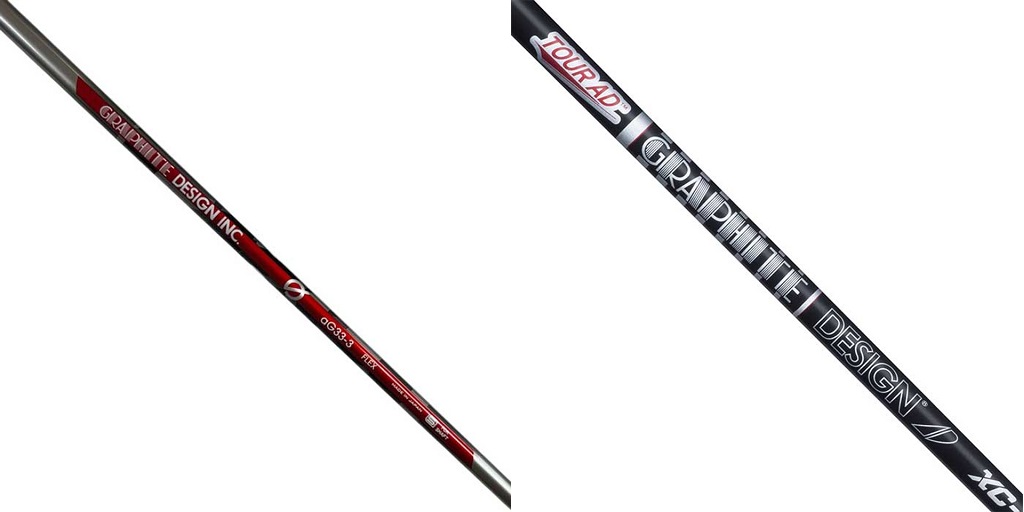In the vast and intricate world of plumbing, construction, and industrial applications, choosing the right materials and components is critical. Among the many choices available, brass fittings stand out as a preferred option for professionals and DIY enthusiasts alike. They offer durability, versatility, and a host of other benefits that make them indispensable in numerous settings. However, despite their popularity, many people remain unaware of the true potential of brass fittings, the various types available, and the contexts in which they shine the brightest.
That’s where The Ultimate Guide to Brass Fittings: Types, Uses, and Benefits comes in.
But why should you choose this guide over a simple online search or a quick consultation with a hardware store associate? The answer is simple: depth, reliability, and actionable knowledge. This guide doesn’t just scratch the surface—it digs deep, providing you with the kind of comprehensive understanding that empowers confident decision-making.
Let’s explore in detail why The Ultimate Guide to Brass Fittings is the resource you need—and how it can transform the way you approach your next plumbing or mechanical project.
A Comprehensive Breakdown of Brass Fittings
One of the standout features of The Ultimate Guide to Brass Fittings is its thorough and systematic breakdown of the different types of brass fittings. Unlike scattered information found in forums or sales-driven catalogs, this guide categorizes fittings based on form, function, and application.
Types of Brass Fittings Covered
The guide elaborates on a wide variety of fittings, including but not limited to:
-
Elbows (45° and 90°): These are used to change the direction of piping systems. The guide not only explains how these fittings function but also when to use a 45-degree elbow instead of a 90-degree one, depending on pressure and space constraints.
-
Tees and Crosses: Ideal for systems requiring branches, these fittings are covered in-depth, including the differences between reducing tees and standard tees.
-
Adapters and Couplings: Whether you’re joining pipes of different sizes or switching between male and female ends, the guide walks you through each variant, complete with illustrations.
-
Unions and Caps: These fittings, often overlooked, are essential in maintenance-heavy systems. The guide explains their relevance in temporary or modular setups.
-
Compression Fittings: A favorite in plumbing and gas applications, these are explained from a mechanical perspective, helping users understand why compression fittings provide a leak-free seal without welding or soldering.
Each fitting type comes with detailed images, dimensional guidelines, and real-world usage scenarios, making it ideal for both visual learners and technical professionals.
Deep Dive into Applications
Understanding the types of fittings is only half the battle. Knowing where and how to use them is what sets this guide apart.
Residential Plumbing
Brass fittings are frequently used in homes for water supply lines, gas piping, and even HVAC systems. The guide explains why brass is a preferred choice over PVC, steel, or copper, citing its:
-
High resistance to corrosion, especially from water with varying pH levels
-
Natural antimicrobial properties, making it safe for drinking water
-
Excellent temperature and pressure tolerance
You’ll find detailed diagrams showing common residential layouts and where each fitting type fits into the system. For example, the guide might showcase how a compression elbow is ideal for tight bathroom installations, while a tee fitting works best for splitting water lines in kitchens.
Commercial and Industrial Use
Industrial systems often require durable and long-lasting materials that can withstand high-pressure environments. The guide details the roles of brass fittings in sectors like:
-
Oil and gas pipelines
-
Manufacturing plants
-
Chemical processing systems
-
Food and beverage industries
It outlines how brass’s chemical composition helps it resist wear from caustic chemicals, which is critical in industrial settings. Moreover, the guide compares brass to stainless steel and plastic fittings, providing context-driven pros and cons.
Automotive and Marine Industries
You may be surprised to learn that brass fittings are used in automotive brake lines, marine fuel systems, and even in air compression units. Their ability to form tight seals without cracking under vibration makes them ideal for moving machinery.
The guide covers unique fittings designed for these applications, including flared fittings, inverted flare fittings, and hose barbs. Detailed installation instructions and torque specs are included for precision.
Benefits You Didn’t Know You Needed
Many articles briefly touch on brass fittings’ advantages, but The Ultimate Guide explores these benefits with clarity and context, helping you appreciate the full spectrum of what brass has to offer.
1. Corrosion Resistance
Brass does not rust and is far more resistant to corrosion than other metals like steel. The guide explains the metallurgical reasons behind this, detailing how the zinc and copper alloy reacts with oxygen and moisture to form a protective layer that prevents further corrosion.
2. Temperature and Pressure Tolerance
Unlike plastic fittings, brass can withstand high pressures and temperature fluctuations without cracking or warping. This makes it suitable for both cold and hot water systems, as well as gas lines. The guide even includes comparative thermal expansion charts.
3. Machinability and Malleability
Brass is easy to cut, shape, and thread, which reduces installation time and labor costs. The guide explores how this property makes brass a favorite among plumbers and engineers who value speed and precision.
4. Durability and Longevity
Brass fittings can last for decades when properly maintained. The guide details case studies where brass fittings outlasted comparable fittings by over 20 years, offering peace of mind to homeowners and cost-efficiency to contractors.
5. Environmental and Health Safety
Brass is recyclable and non-toxic. The guide dives into the lead-free brass standards (such as NSF/ANSI 61), explaining how modern brass fittings comply with health regulations, making them safe for drinking water systems.
Comparison Tables and Decision-Making Tools
What really sets The Ultimate Guide apart is its interactive tools and comparison charts. For example:
-
A table comparing brass vs. stainless steel vs. PVC across 10+ factors like cost, lifespan, resistance, and ease of installation
-
A flowchart for choosing the right fitting type based on pipe material, pressure rating, and usage environment
-
Maintenance checklists for routine inspections and replacement scheduling
These features are more than just informative—they are functional, helping you save time and money while making smarter material choices.
Visual Guides and Installation Tips
Whether you’re a hands-on DIYer or a seasoned technician, the visual aids included in The Ultimate Guide are incredibly valuable. High-resolution images and annotated diagrams walk you through:
-
How to measure pipe threads and match fittings accurately
-
Common mistakes in compression fitting installations (like over-tightening)
-
Techniques for soldering brass fittings (with safety precautions)
-
Proper use of thread sealants and PTFE tape
These guides are designed to reduce the risk of leaks, system failure, or costly do-overs. Plus, the guide includes QR codes linking to tutorial videos for those who prefer live demonstrations.
Real-World Testimonials and Case Studies
Nothing builds trust like real-life success stories. The Ultimate Guide includes case studies from contractors, engineers, and homeowners. These stories highlight how brass fittings solved specific problems, such as:
-
A municipal water supply upgrade that reduced maintenance costs by 40%
-
A vintage home renovation where brass fittings matched historical aesthetics while providing modern reliability
-
An industrial bottling plant that reduced downtime thanks to the durability of brass components
These testimonials don’t just reinforce the guide’s credibility—they also give you insight into how others have implemented brass fittings successfully in varied environments.
Sustainability and Future Trends
The guide doesn’t stop at current uses—it looks ahead. With increasing emphasis on sustainability, The Ultimate Guide includes a section on the environmental impact of brass production and recycling. You’ll learn:
-
How brass fittings contribute to greener building certifications like LEED
-
Trends in lead-free brass technology
-
Innovations in alloy compositions that enhance performance without sacrificing eco-friendliness
Final Thoughts: Why This Guide is Worth Your Time
In a world filled with endless choices, it’s easy to overlook the details that truly matter. Brass fittings may seem like a small part of a much larger system, but their role is crucial. Making the right choice can mean the difference between a system that runs smoothly for decades and one that requires costly repairs and constant maintenance.
The Ultimate Guide to Brass Fittings: Types, Uses, and Benefits isn’t just a manual—it’s a powerful decision-making tool. Whether you’re a professional contractor, an architect designing sustainable buildings, or a homeowner tackling a plumbing project, this guide offers the insights you need to choose wisely and work smarter.
So, why choose this guide? Because when it comes to getting the job done right, informed decisions lead to lasting results—and this guide is the bridge between uncertainty and confidence.







0 Comments